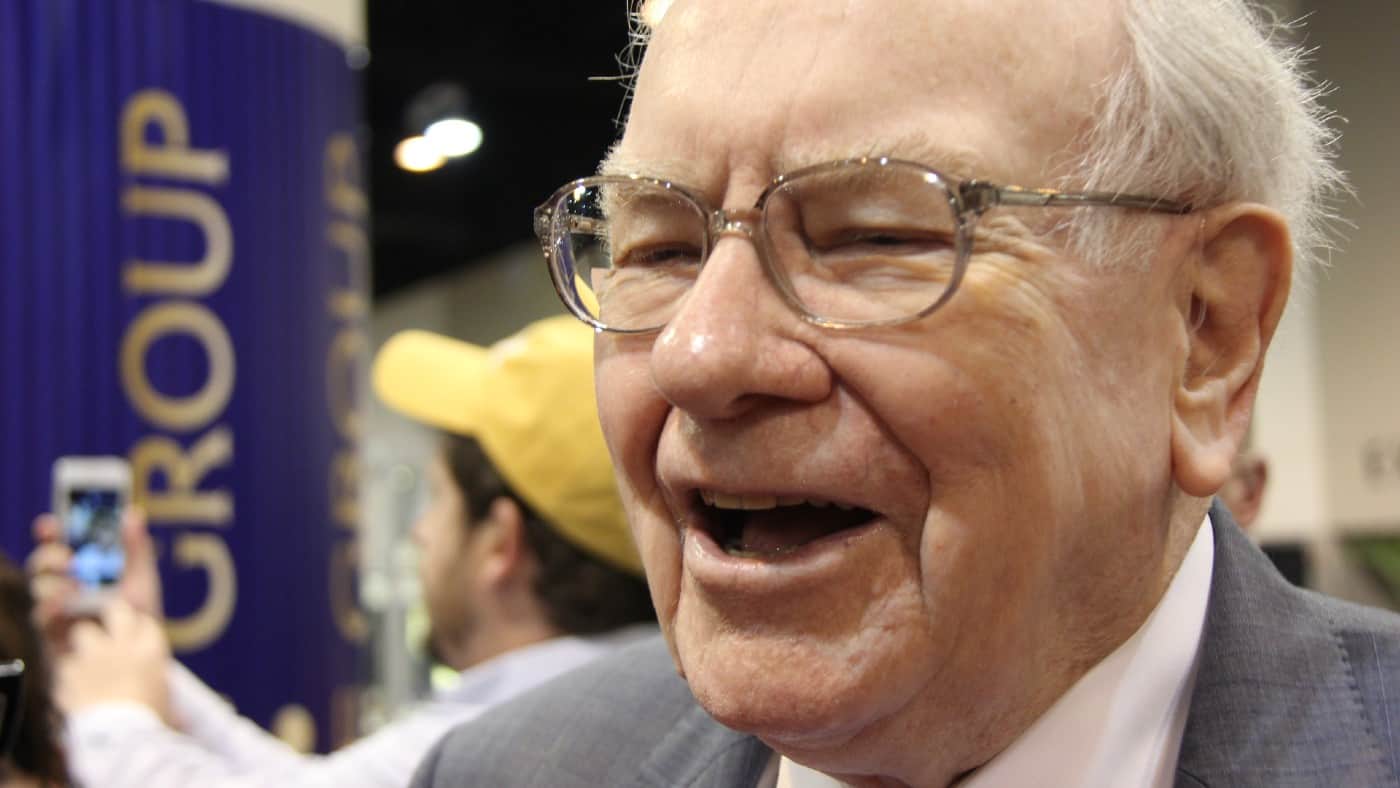It was supposed to be Masoud Pezeshkian’s moment of crowning glory. Instead, it will be remembered for a dramatic assassination that put Iran on a war footing.
It was July 30, and scores of foreign dignitaries had gathered in Iran’s parliament to attend the swearing-in of Pezeshkian, the Islamic republic’s first reformist president in two decades. The 69-year-old had recently won a snap election, marked by promises to resolve Tehran’s long-running nuclear stand-off with the US and European powers in the hope of securing sanctions relief.
“I will not rest until these unjust sanctions are lifted,” Pezeshkian told the audience, which included officials from the EU, China, Russia and Arab states. “We want to normalise our economic relations with the world.”
But just hours later, an explosion ripped through a state-run residence. Inside was one of the guests who had flown in for the inauguration — Ismail Haniyeh, Hamas’s political leader, who was killed. The attack was clearly a targeted one. Stunned by a humiliating assault at the heart of the republic, Iranian officials blamed Israel and vowed revenge.
The assassination has put the Middle East in a state of anxious limbo. Many wonder what form retaliation might take, amid fears the region is at risk of sliding towards a full-blown conflict.
It also underscores the massive challenges Pezeshkian faces if he is to meet his election pledges. His chances of success are beholden to the complexities of politics within the theocratic system, geopolitics and the simmering hostilities with Israel.
“When I heard about Haniyeh’s killing, I thought to myself what a difficult and painful path lies ahead for Pezeshkian,” says Mohammad-Sadegh Javadi-Hesar, a reformist politician. “Israel challenged him on his main promise to engage with the world by trying to drag him into a war. Some of Pezeshkian’s opponents at home also didn’t mind seeing his premature failure.”
Even before Haniyeh’s assassination, many inside and outside the republic, sceptical about dramatic shifts in domestic or foreign policy, believed the odds were stacked against Pezeshkian.
Hardliners, who are ideologically opposed to engagement with the US, have in recent years further cemented their hold on power, while reformist politicians were pushed ever more to the margins.
Relations with the west have also deteriorated as Tehran has expanded its nuclear programme, sold drones to Russia that it used in its war in Ukraine, cracked down on dissent, arrested foreign and dual nationals and been accused of targeting citizens in Europe.
But the death of President Ebrahim Raisi, a hardline cleric, in a helicopter crash in May presented an unexpected opportunity for the reformists to make a comeback. After being forced to call an emergency election, the authorities shocked many by approving Pezeshkian’s candidacy for the presidency. Disillusioned reformist politicians — who remain loyal to the system but believe it has to adapt to meet the aspirations of a fast-changing society — were suddenly energised and rallied around his bid. He went on to beat the ultra-hardliner Saeed Jalili in a run-off.
Many suspect that the regime’s leadership has recognised that it has little choice but to switch course if it wants to project social and political stability at a critical juncture. Reform-minded politicians also know that it is likely to be their last chance in power, as they will find it hard to ever regain the trust of voters again if they fail.
“A significant shift is quietly occurring, with a growing consensus around Pezeshkian. It’s not too late for this change; we are not yet at the point of no return,” says Saeed Laylaz, a political analyst. “[Reformist] politicians who once believed the Islamic republic was on the brink of collapse are now vying for senior positions.”

The stakes have rarely been higher. In addition to tensions triggered by the Israel-Hamas war, Pezeshkian is taking the helm at a point when the republic is preparing for a succession — Ayatollah Ali Khamenei is 85 years old. Now 45 years old, Iran’s theocratic system is facing a legitimacy crisis as its popular support plummets, while the regime is plagued by factionalism. And the new president will have limited tools at his disposal. He inherits a broken economy, choked by sanctions; key policy decisions have to be approved by Khamenei.
Should Pezeshkian fail, Iran will continue on what appears to be an inevitable collision course with the west over its nuclear activities; economic woes will continue to fester and domestic frustrations will intensify.
“Pezeshkian is the last stronghold . . . within the current structure. If the walls of Pezeshkian’s government collapse, the entire foundation will suffer, and everyone will be affected,” Bijan Abdolkarimi, a philosophy professor, told Iranian media last month. “It doesn’t matter if you are a reformist or a hardliner; the tsunami of failure will sweep everyone away.”
But if he is successful, his presidency could go some way to reducing both domestic and foreign tensions. They have been simmering since 2018 when then US President Donald Trump withdrew from the nuclear accord Tehran had signed with world powers and mounted a “maximum pressure” campaign against the republic.
“It is a critical four-year period,” says Vali Nasr, professor of international affairs and Middle East studies at Johns Hopkins School of Advanced International Studies. “The election outcome is only a reprieve. Pezeshkian’s election alone is not going to change policy or get us to a different place — it’s the process that will determine whether it can.”
Much of what Pezeshkian is able to accomplish — or not — will depend on other powerful actors within the theocratic system, as well as the actions of western states that have long since lost patience with the regime’s machinations and have little faith in its ability to change.
The president can influence policies and direction: he chairs key bodies including the Supreme National Security Council and oversees the economy. The president can also shape the tone of government, both domestically and in its engagement with the outside world.
But it is Khamenei and the Revolutionary Guards who determine Iran’s foreign policy — including how it retaliates for the assassination of Haniyeh. Pezeshkian is also likely to face resistance from hardliners at home, as he tries to fulfil his election pledges to ease social restrictions, including removing internet filtering and not compelling women to wear the hijab in public.
“There are still many threats, including radicalism from both hardliners and reformists,” says Laylaz.
A heart surgeon who served as health minister two decades ago and was a parliamentarian for four terms, Pezeshkian was long seen as a mid-ranking reformist with a flair for populist language. In a system tainted with corruption, he had the reputation of having clean financial records and for reciting religious books.
Reformist politicians take solace from the fact that the president appears to have the trust and backing of Khamenei, who has praised Pezeshkian and warned of the need for unity among opposing factions. “His victory is a victory for all of us,” Khamenei said last month. “On important national issues, a unified voice should be heard from the country.”
The calculation of those who believe that Pezeshkian will be able to deliver a degree of change is based on the belief that Khamenei himself has concluded it is in the regime’s interests to change tack.

“The republic has shown pragmatism and is adjusting to meet new public demands,” says a regime insider. “The turning point in this shift was this election.”
For his part, Pezeshkian has repeatedly spoken of his obedience to the supreme leader, projected his religiosity and fulfilled his promise to establish a national unity government that includes conservatives as well as reformists. A reformist president leading a moderate government, he seeks consensus rather than radical change, marking a new chapter in Iranian politics, analysts say.
If the theory that Khamenei is attempting to change direction is correct, it signals an abrupt reset. When Raisi was elected in 2021, he was widely perceived to be Khamenei’s protégé and a frontrunner to succeed him as supreme leader even though his election was marred by a then record-low turnout of 48.8 per cent as many voters believed the outcome was pre-ordained.
At that time, the belief was that Khamenei had concluded that if loyalists were in control, it would end the perpetual infighting within the regime and ensure a stable political environment to plan for succession.
But his government was either unwilling or unable to revive the nuclear deal, known as JCPOA, with the west, despite more than two years of tortuous indirect talks with the Biden administration.
Meanwhile, Iran’s economic malaise deepened and the gap between the leadership and ordinary Iranians widened. Since Trump imposed waves of crippling sanctions in 2018, inflation has soared from single digits to about 40 per cent.
And in September 2022, one of the worst anti-regime protests in decades erupted following the death of Mahsa Amini in police custody; the 22-year-old was arrested for wearing her hijab “improperly”. The public anger rattled the regime to its core, while the scars of a brutal crackdown linger.
Some analysts believe the real reason Pezeshkian’s candidacy was approved was to lure more voters to the polls and reverse a trend of record-low turnouts at elections. Even so, turnout in the first round slumped to 39.9 per cent before recovering to close to 50 per cent when it was a straight fight between Pezeshkian and Jalili, likely stoked by voters’ fears of what a hardliner victory would bring.
Pezeshkian was never the ruling system’s favoured candidate – some believe his victory represented a miscalculation by the leadership. But he was considered to be an acceptable face of the reformist movement — a loyalist who could be trusted not to rock the boat should he win.
The regime insider says the embarrassingly low turnout in the first round was a “wake-up call” for the leadership. “A low turnout could embolden people to act against the political system and potentially trigger street protests,” the insider says. “People step back when they perceive the regime as powerful, but if they sense weakness, they might resist.”
An increasing number of Iranians have come to see elections as a moment for silent protest. Many urban young Iranians today speak of wanting regime change, not change from within.
The regime insider believes the gap has “been somewhat repaired” after Pezeshkian’s victory. “The Islamic republic needs public support more than ever as oil revenue has declined,” he says. “Previously, when Iran could sell oil, public support was less critical. Now, with an economy dependent on tax collection, public support is crucial. Iranian leaders must listen to the people more than before.”

It is this reasoning that makes some Iranians believe Khamenei is ready to negotiate with the west on the nuclear crisis, the assumption being that he has taken the pragmatic view that Iran needs sanctions relief to alleviate its economic problems and domestic tensions.
Uppermost in his mind is ensuring political and social stability ahead of the eventual succession process, commentators say, and, if Raisi’s presidency failed to revive the economy, Khamenei is willing to gamble on another route.
“Before you even get to the answer to the question of who is going to be his successor, you have to also think under what conditions will that succession happen?” says Nasr. “In a condition where the majority of the Iranians are totally disaffected, Iran is on the warpath with the United States, and its domestic economy is collapsing?”
One of the key challenges facing the Islamic republic is how to negotiate a new nuclear agreement with the US, European powers, Russia and China, the signatories of the 2015 deal. The nuclear and political scene has changed dramatically since the atomic accord was finalised. Iran’s nuclear advances have been massive; Russia has invaded Ukraine with Tehran siding firmly with Moscow.
The Israel-Hamas conflict has brought the Islamic republic and the Jewish state close to direct confrontation on multiple occasions, the latest of which has been the killing of Haniyeh.

The regime insider says that the supreme leader has “clarified that Iran needs sanctions relief”. But, he adds, “this should be achieved in a dignified manner, rather than appearing as a surrender,” adding that Iran would insist on retaining its nuclear enrichment and research capacities.
Under the previous deal, Iran agreed to cap its uranium enrichment to 3.67 per cent purity in return for sanctions relief. But for more than three years, Iran has been enriching at 60 per cent — which is approaching weapons grade. It is now regarded by western governments as a nuclear threshold state, with the capacity to produce sufficient fissile material required to produce a nuclear bomb within about two weeks, experts say.
The main clauses in the 2015 accord expire next year; western diplomats believe it will require a new agreement to resolve the crisis.
The Biden administration is likely to have little appetite, or bandwidth, for serious negotiations as it gears up for elections, particularly as the Israel-Hamas war continues, with Iran supporting regional militants from Hizbollah in Lebanon to the Houthis in Yemen. A senior US official says that while Pezeskhian “might change the tenor of how Iran talks about engaging with the west or engaging on human rights at home, ultimately, final decisions at the end of the day are not up to him”.
“We still have very significant concerns about Iran’s behaviour; its continued support for terrorism; its continued support for proxies in the Middle East, its continued support for Russia . . . [its] crackdown on human rights at home, its nuclear escalations.”

A Trump victory in November would add another layer of complication. But the regime insider says Tehran would be willing to negotiate with Trump if he re-enters the White House, hoping that his transactional style could create an opening for a deal even if he is surrounded by Iran hawks.
Ali Vaez, an Iran expert at Crisis Group, says that the best outcome might be that the US and Iran reach a “calm-for-calm” arrangement for the short term, similar to what they reached last September, which involved a prisoner swap and the Biden administration agreeing to unfreeze $6bn of the republic’s oil money.
But, Vaez adds, “there’s a mismatch of expectations between the west and Iran on what’s desirable, what’s acceptable and what’s possible, and those discussions would be very difficult”.
For Pezeshkian, a deal and the avoidance of a regional war is vital. While he has only spoken in general terms about his economic plans, it is most likely the economy that will determine whether he will be able to reverse the widening chasm between Iran’s people and its leadership.
“Economy is the top priority but it is closely tied to foreign policy, which in turn is linked to domestic politics. That’s why Pezeshkian has formed a national unity government,” says Mohammad Ali Abtahi, a former reformist vice-president. “So far, he has been successful in helping create a different social and political atmosphere, one that is not comparable to just a few months ago. Otherwise, we would be hearing more about war.”
Additional reporting by Felicia Schwartz
Credit: Source link














